If you are hunting for a new job, you already know how stressful, tiring, and frustrating it can be to spend hours and hours sending resumes to recruiters who might not even open your emails. Do you have any idea how many people are experiencing the same situation? Well, I can assure you, you are not the only one.
Table of Contents
ToggleBEING YOURSELF IN A CHANGING JOB MARKET
In a competitive job market where change is constant, the good news is that you can evolve with it and take advantage. The key is to adapt, stand out, and be yourself. Now more than ever, it is time to showcase your skills, demonstrate your capabilities, and effectively communicate them.
You’d better keep reading, as I’m giving you a guide to create a strategic tool to conquer the job market and get the job you’re looking for.
SKILLS-BASED HIRING VS CREDENTIALS
Let's start from the top. There has been a significant transformation in hiring trends, as degree requirements are declining while companies are prioritizing skills. Currently, 85% of companies are using skills-based hiring—a 4% increase from last year, according to the TestGorilla survey. The same report indicates that 35% of U.S. employers think that university or college degrees are less important for candidates.
THE DECLINE OF TRADITIONAL HIRING TOOLS
It’s pretty clear that the trend toward skills-based hiring is increasing, but are traditional hiring tools changing as well? Is your resume still useful? Let's dive into some data…
With an 8% decrease in resume usage compared to last year, and with only 48% of employers considering resumes an effective hiring tool, we have sad news: resumes are fading. In contrast, 68% think that work samples are a more effective way to determine candidates' capabilities, according to the TestGorilla survey.
While resume usage is decreasing, work samples are considered more effective, and companies are prioritizing skills, it seems that job seekers should focus on more effective ways to showcase their skills and stand out.
RESUME EVOLUTION: THE EMERGENCE OF THE PROFESSIONAL PORTFOLIO
As resumes are becoming outdated, a not-so-new tool is emerging: the professional portfolio.
A resume is a very static, traditional tool. You make it once and use it to tell recruiters about your experience, what positions you’ve held, where you’ve worked, and for how long. But in a constantly changing world shaped by automation and technological development, the resume alone is not enough. Instead, the professional portfolio has emerged as a dynamic tool that you update, personalize and adapt to your advantage, says Ariana Gonzales, a Human Resources specialist. “Your resume says what you’ve done, but your portfolio gives life to that story,” adds Gonzales.
INTEGRATING A PORTFOLIO INTO MY JOB STRATEGY
Not long ago, I heard the word portfolio for the first time, and honestly, I didn't know exactly what it meant. At first, I thought it was something only designers and photographers used, but I immediately changed my mind. A very good friend of mine showed me an example of a portfolio, and by visualizing it, I got it. The conversation started when he told me how his girlfriend got a job in her industry thanks to her portfolio.
Now, a couple of years later, as I explore the job market, I see and hear the word ‘Portfolio’ very often, so I started gathering evidence and questioning my skills while recognizing everyone should learn about the new tendencies, especially of the digital ones. That’s how I realized how important a portfolio is—not just as a requirement, but also as a personal tool, since it’s a creative way to acknowledge your potential.
Because as you begin collecting evidence of your projects—whether articles, graphics, photos, or sketches—you may notice you have more skills, capabilities, and strengths than you thought. So, I encourage you to start building your professional portfolio while defining your objectives and aspirations. As soon as you start, you’ll realize how possible it is to get the job of your dreams. Are you ready to start?
DON’T TELL ME, SHOW ME! WHAT IS A PORTFOLIO?
A professional portfolio is a powerful multimedia tool designed to creatively showcase a collection of your experience, whether through projects, skills, or even testimonials that demonstrate your professional background.
While resumes are static, a portfolio is dynamic, which means life, movement, and change. This tool provides personalized evidence of what you are capable of, and it not only shows recruiters and decision-makers your knowledge but also proves that you’re up-to-date with digital tools.
This strategic tool can be used to tell your story and demonstrate your value. “But it’s not about what you can do, it’s about how you prove it, how you communicate it, and how you make an impact with it,” says Gonzales.
BENEFITS: WHY CREATE A PROFESSIONAL PORTFOLIO?
- Networking: Connect with other professionals, employers, or clients.
- Visibility: Digital portfolios are not only preferred but also more accessible. Since they can be seen worldwide, you can improve your chances of employability.
- Credibility: Your portfolio demonstrates your work through evidence and reviews.
- Enhance Personal Branding: Showcase your identity, personality and experience by standing out from others.
- Boost Your Confidence and Professionalism: You’ll appear much more professional while recognizing your strengths.
THE KEYS TO A STRONG PORTFOLIO
- Credibility: Your portfolio demonstrates your work through evidence and reviews.
- Versatility: An online portfolio is particularly versatile and can include photos, videos, a biography, audio, graphics, etc. Remember to tailor your content to your field.
- Easy to navigate: Even though it showcases creativity and digital skills, it must focus on content rather than design. Avoid anything that distracts from its purpose.
- Concrete Evidence: Including data and measurable contributions (sales, savings, growth, etc.) enhances your credibility and increases your impact on decision-makers.
COMMON MISTAKES WHEN BUILDING A PROFESSIONAL PORTFOLIO
According to Ariana Gonzales, a Human Resources specialist with 20 years of experience based in Mexico, some of the most common mistakes in portfolio creation include:
- Creating a Universal Portfolio: You must focus on personalizing your content.
- Including Generic Information: Job seekers must tailor their content to the job position, organization, and industry. Gonzales recommends “tropicalizing” your information.
- Failing to Update Your Portfolio: Keep it current to reflect your most recent work and skills.
SOME PLATFORMS TO CREATE A DIGITAL PORTFOLIO
You can choose a platform that adapts better to your field; there are specific ones for each area. Here are some examples you can explore:
| Tool | Best For | Features | Link |
| Wix | All professionals | Drag-and-drop, modern templates | wix.com |
| Notion | Consultants, creators | Flexible layout, database integration | notion. so |
| Behance | Designers, illustrators | Social integration, Adobe Creative Cloud | behance.net |
| WordPress | Writers, bloggers, agencies | SEO plugins, full control | wordpress.org |
| Adobe Portfolio | Photographers, creatives | Syncs with Lightroom, elegant designs | portfolio.adobe.com |
| Carbonmade | Creative professionals | No-code builder, visually appealing | carbonmade.com |
STEPS TO START & TIPS
- Look for Examples: Search for online portfolio examples to get a clearer idea and get inspired to create your own. Don’t forget to personalize it!
- Quality Over Quantity: Don’t worry if you don’t have a lot of experience or examples—just choose the best ones.
- Highlight Skills: As the job market constantly changes, adaptability and learning ability are two of the most valuable skills. Be sure to highlight how you stay updated and adaptable.
DARE TO INNOVATE
“The world belongs to the daring.”
Searching for a job is a job in itself—you need strategy, consistency, and constant updating. In the digital era we’re living in, building additional tools for the job search has become essential to demonstrate competencies, connect with other professionals, and thrive in the labour market.
Even though new hiring trends are reshaping traditional processes, having a portfolio doesn’t replace the resume—yet. But it enhances your application. Both tools can complement each other, but having a strong job portfolio could be the key to new career opportunities.
Some can say tools like professional portfolios are the future of hiring, but I’d say—the future is already here, there is no need to wait. Start building your portfolio today; it’s never too late!





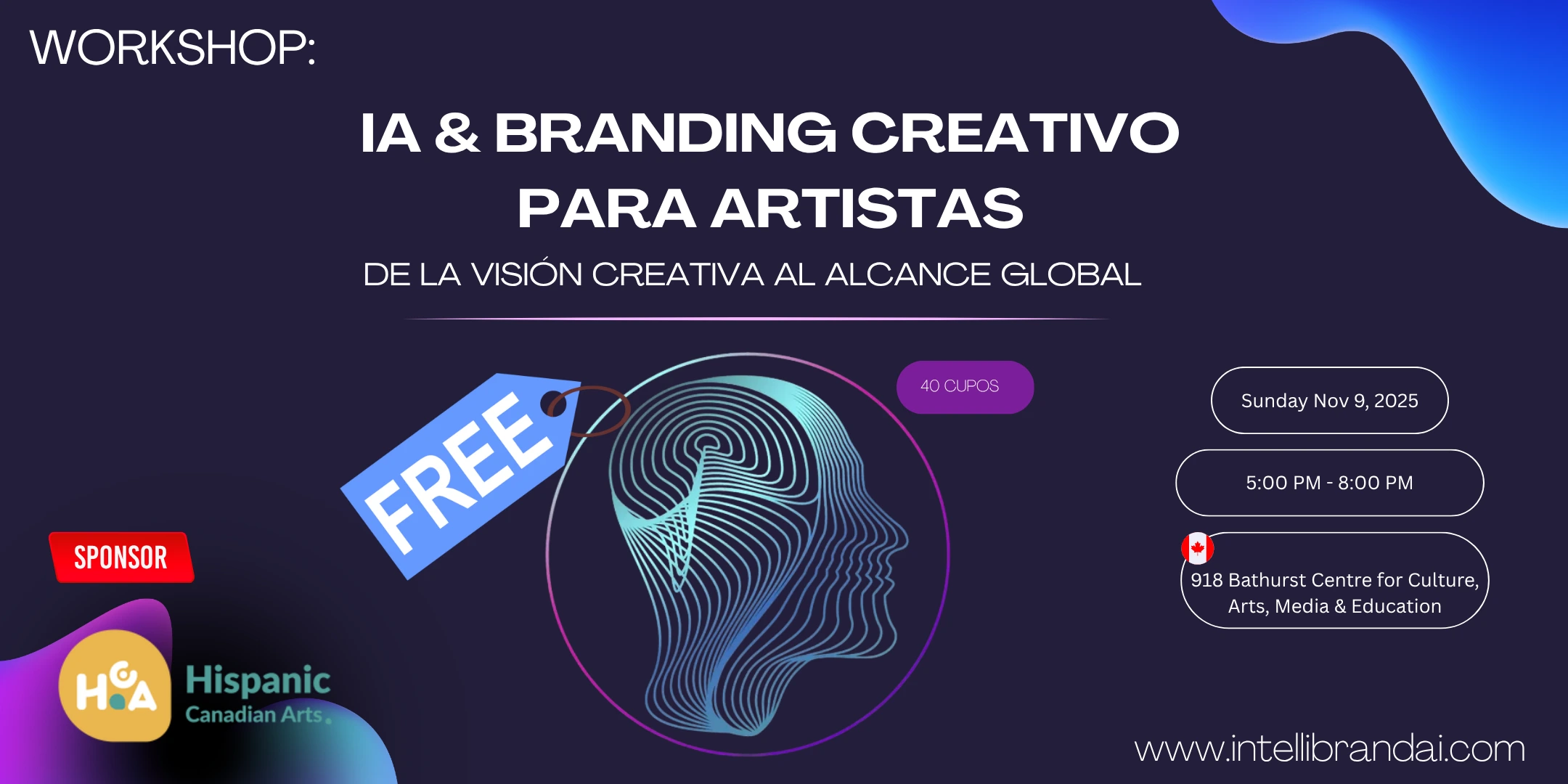
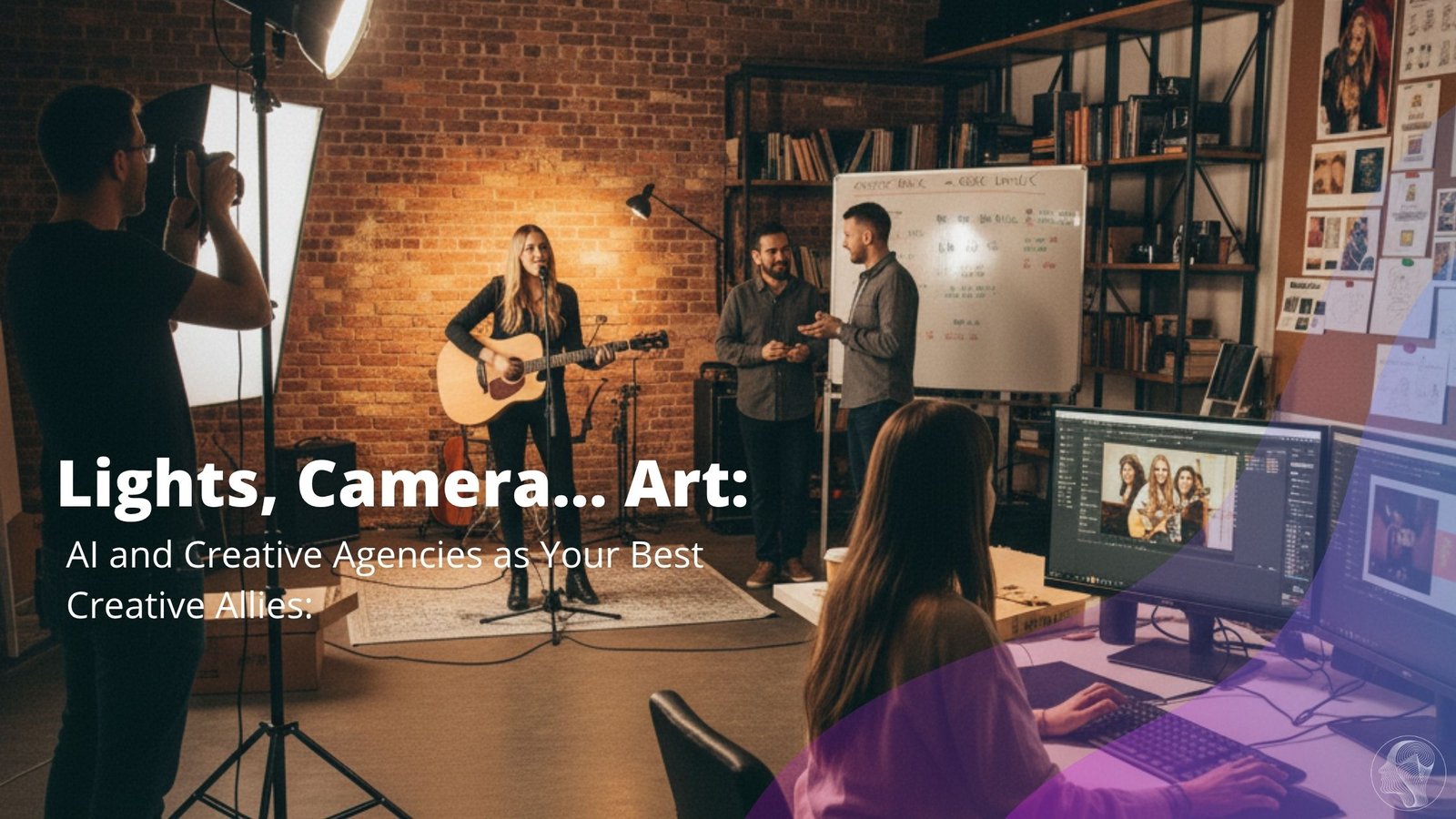
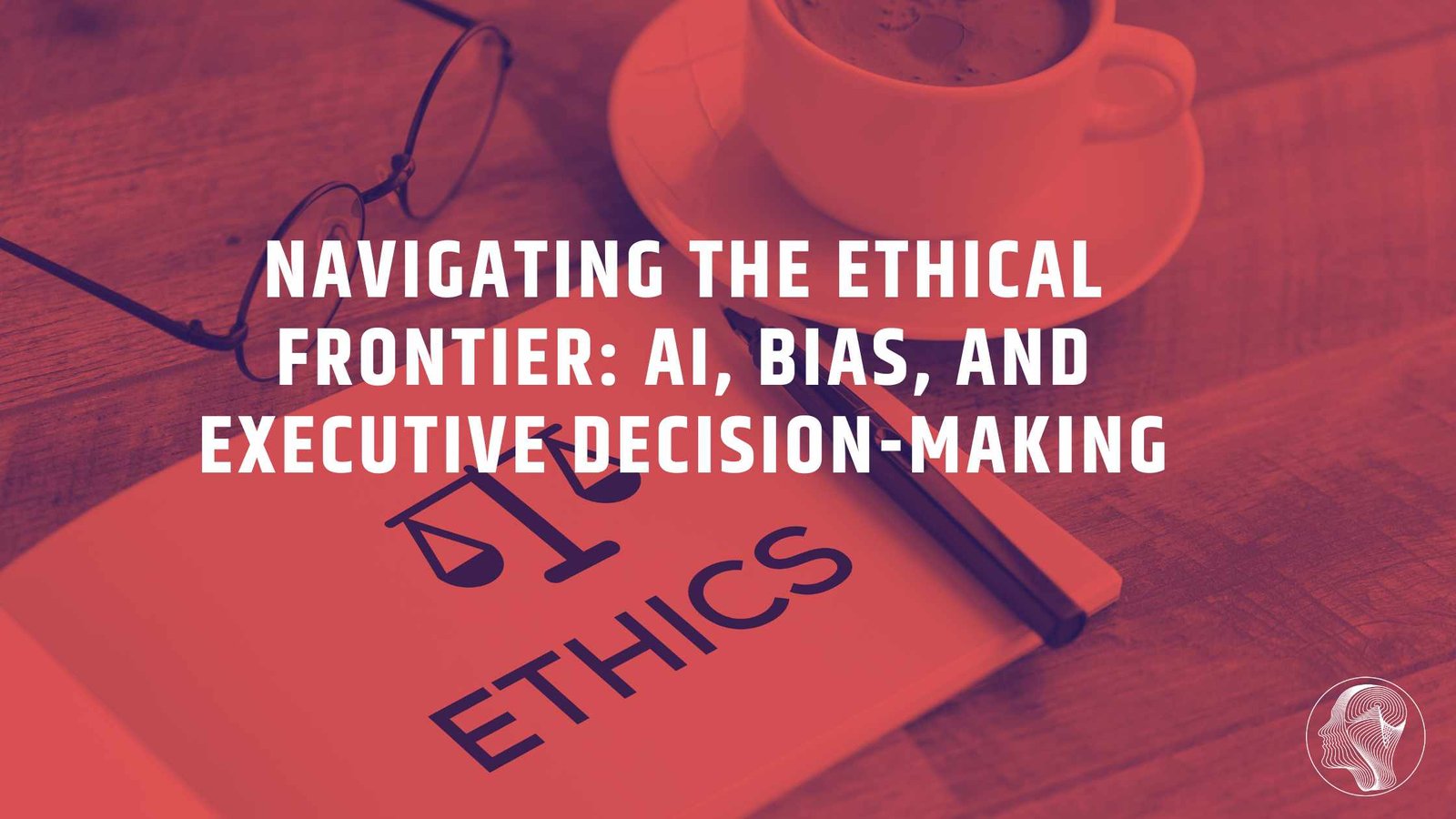
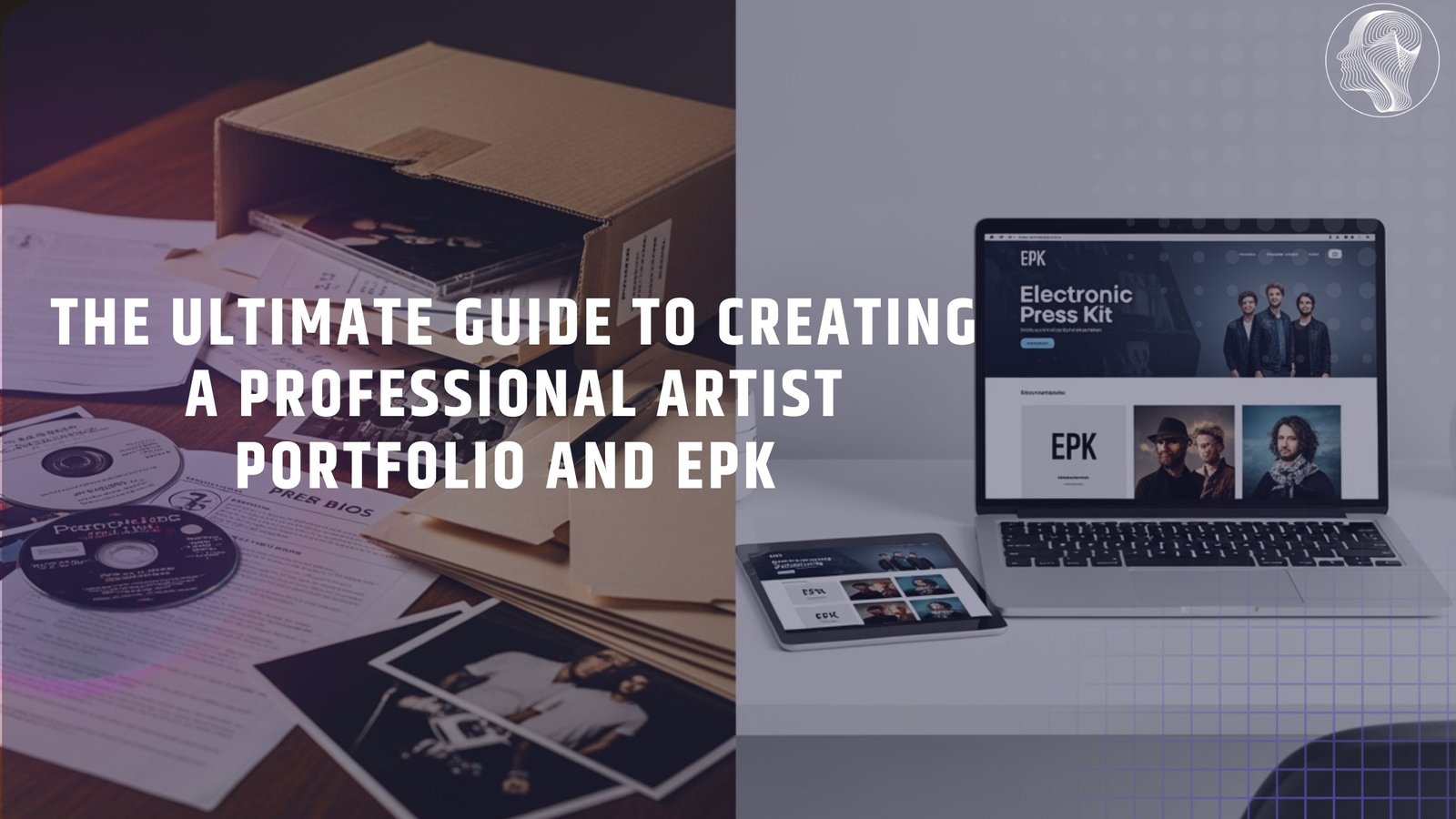
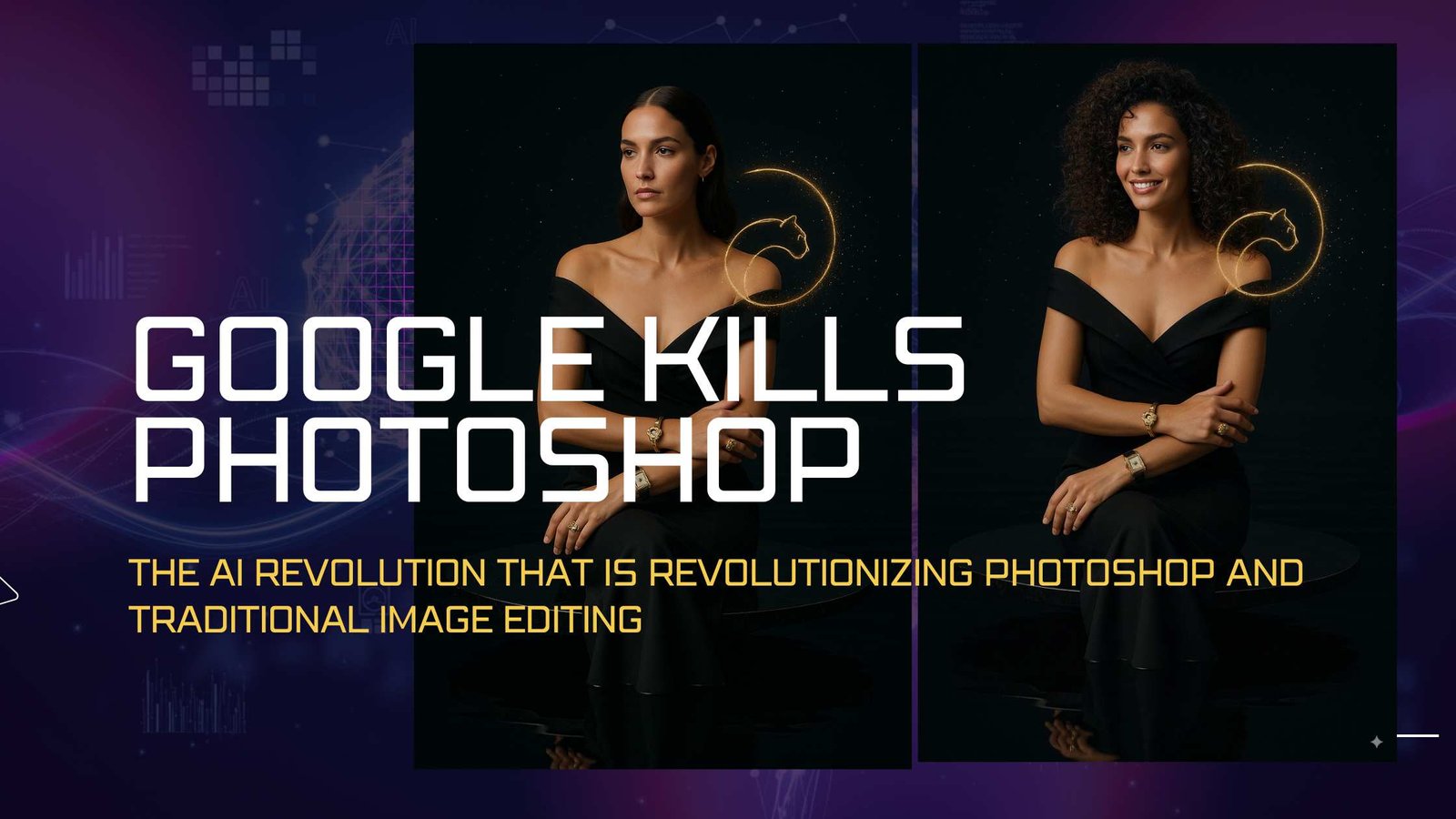

One Response
This is a topic that’s near to my heart… Thank you!
Exactly where aare your contact details though? http://Boyarka-inform.com/